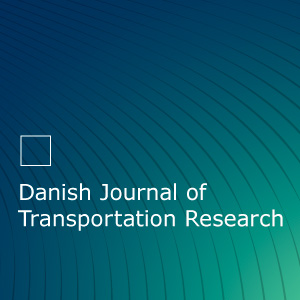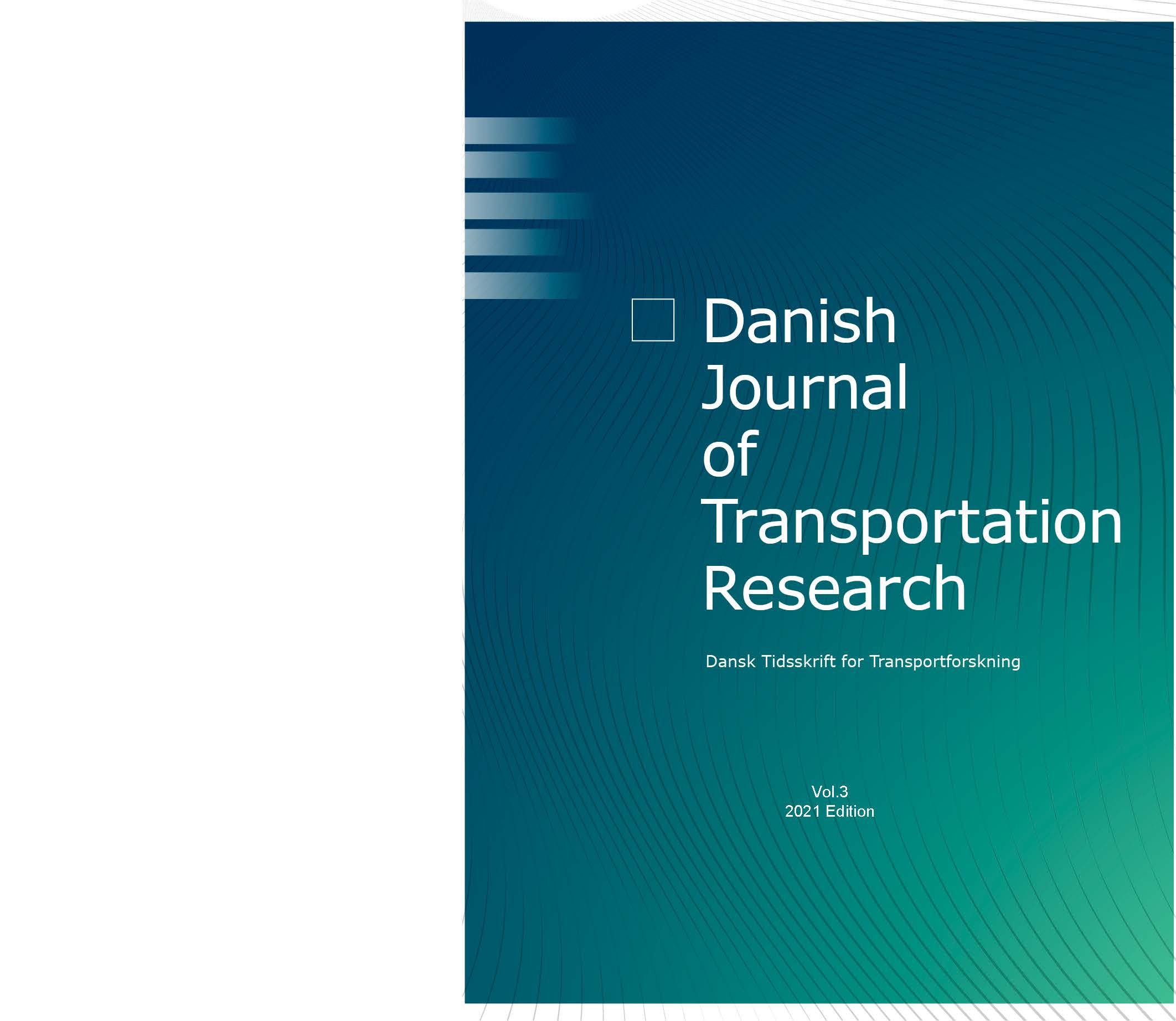Can the impacts of connected and automated vehicles be predicted?
DOI:
https://doi.org/10.5278/ojs.djtr.v3i1.6113Keywords:
Automated vehicles; impacts; prediction; uncertaintyAbstract
A huge research effort is going on in order to develop connected and automated vehicles. Small-scale trials of automated vehicles in real traffic are already taking place. Can the societal impacts of a transition to fully connected and automated vehicles be predicted? This question has been studied in the Horizon2020 project Levitate. To predict the impacts of connected and automated vehicles, one must first identify and describe potential impacts. A list of 33 potential impacts, classified as direct, systemic and wider was developed. A survey was made of methods that can be applied in order to quantify and predict these impacts. Not all potential impacts can be predicted with any confidence. There is, first of all, large uncertainty about when and how long the transition to connected and automated vehicles will be. It is also impossible to predict some potentially quite important impacts, e.g. whether the transition to automation will be associated with a transition to various forms of shared mobility or whether individual ownership and use of vehicles will continue at present levels. Another important aspect which is difficult to predict is whether automated vehicles will continue to have internal combustion engines or be electric or based on fuel cells. Several methods must be applied to predict the impacts of connected and automated vehicles. As far as impacts on traffic operations are concerned, various forms of traffic simulation have been widely applied. Broadly speaking, connected and automated vehicles are expected to lead to increased road capacity, fewer accidents and less emissions. Increased road capacity may in turn generate induced travel demand, which to some extent will fill up the new capacity. Road safety is likely to be improved, but there is large uncertainty about how non-automated road users and automated vehicles can interact in ways that maintain current safety levels or, preferably, improve safety.
Downloads
Published
Versions
- 06-05-2021 (2)
- 01-02-2021 (1)
How to Cite
Issue
Section
License
Articles published in"The Danish Journal of Transportation Research - Dansk Tidskrift for Transportforskning" are licensed under the Creative Commons Attribution-NonCommercial-NoDerivs 3.0 Unported Licens.
Forfattere bevarer deres ophavsret og giver tidsskriftet ret til første publicering, samtidigt med at værket er omfattet af Creative Commons Attribution-licensen: Navngivelse – Ikke-kommerciel - Ingen Bearbejdede Værker (by-nc-nd). Læs om licensen på http://www.creativecommons.dk/om/.
Authors maintain their copyright ownership and give the Journal right to the first publication, at the same time paper is covered by the Creative Commons Attribution-license: Attribution – Non-commercial - No derives material (by-nc-nd). Read more about the license at http://www.creativecommons.dk/om/.


